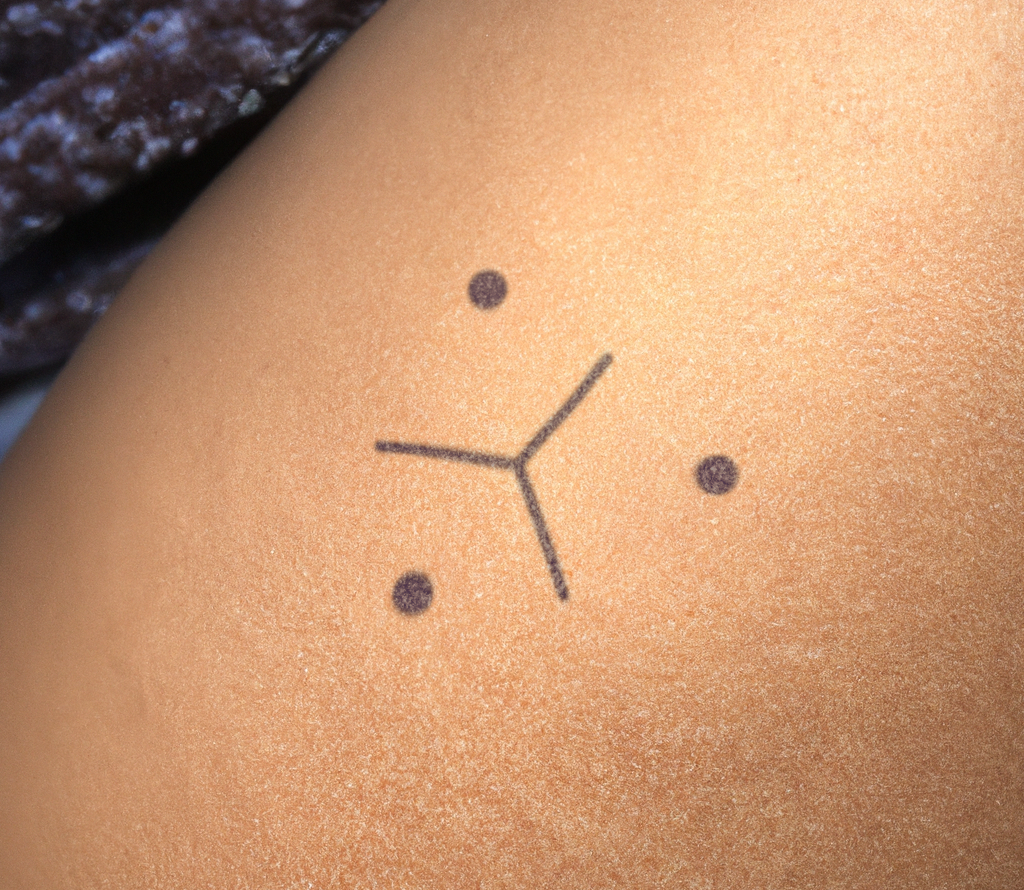


English
There are a few reasons why it might be important to label content that has been created with AI or without AI. First, it can help to inform the audience about the origins of the content, which can be important for transparency and credibility. For example, if a news article has been generated by a machine learning model, it's important for the reader to know that so they can understand the limitations of the article and take its contents with a grain of salt. Second, labeling content can also help to prevent confusion or misunderstanding. For example, if a piece of content has been created by a human but it looks like it was generated by AI, it can be helpful to label it as such to avoid any confusion. Finally, labeling content can also help to foster a greater understanding and appreciation of AI, by making it clear where and how it is being used. This can help to educate the audience to promote or critisize the use of AI.
The following labels has been designed for that purpose. The image pack is under CC 0, you can download and use it the way you want.




Labelling artistic content with "made with artificial intelligence" or "made without artificial intelligence" can help the public in a number of ways. First, it allows people to know whether a particular work was created entirely by a machine or whether it was created with the help of a human. This can be important for people who are interested in the role of technology in art, as well as for those who may have ethical concerns about the use of artificial intelligence in art. Additionally, labelling artistic content in this way can help to educate the public about the capabilities of artificial intelligence, and can help to spark discussions and debates about the role of technology in art and culture.
It is possible to imagine an systematic, automated labelling system to classify artworks that have been created with or without the help of artificial intelligence. Such a system could use machine learning algorithms to analyze the content of a work of art and determine whether it was created entirely by a machine or whether it was created with the help of a human. The system could then automatically apply the appropriate label to the work of art, allowing people to easily see whether it was "made with artificial intelligence" or "made without artificial intelligence". However, such a system would likely require careful design and testing to ensure that it is accurate and reliable.

Also, this possible automated labelling system could potentially lead to biases in a number of ways. For example, if the system is trained on a dataset that is not representative of the full range of artistic styles and techniques, it may be more likely to misclassify certain works of art. Additionally, if the system is not designed to handle a wide range of art forms, it may be unable to accurately classify works of art that fall outside of its area of expertise. Finally, if the system is not regularly updated and maintained, it may become less accurate over time as the capabilities of artificial intelligence continue to evolve.

Bias can also occur if humans label creative works themselves: For example, if the person labeling the works of art has a particular bias or preconceived notion about what constitutes "artificial intelligence" or "human-created" art, they may be more likely to apply those labels in a biased manner. Additionally, if the person labeling the works of art is not familiar with a particular art form or style, they may be unable to accurately classify it. Finally, if the person labeling the works of art is not trained to identify the signs of artificial intelligence in art, they may be more likely to make mistakes or apply labels in a biased way.